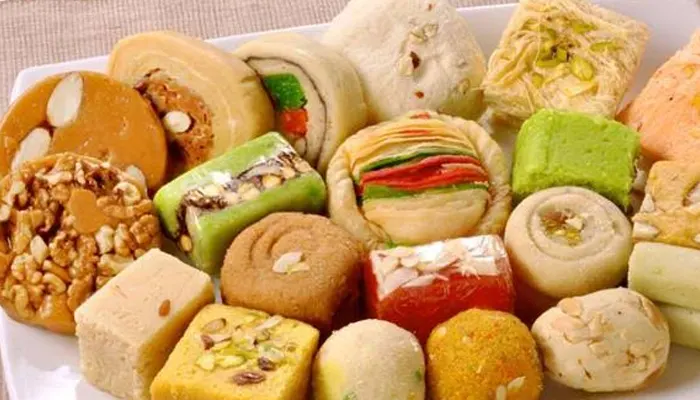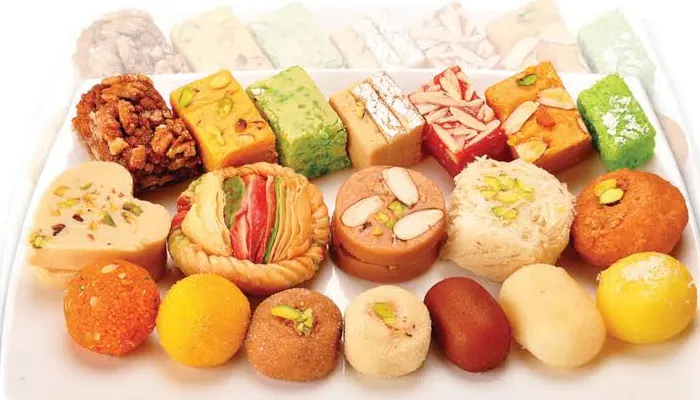
Butter is a staple ingredient in many kitchens, celebrated for its creamy texture and rich flavour. But not all butter is created equal. With the rise of commercially processed foods, it’s becoming increasingly common to encounter butter that contains additives, preservatives, or lower-quality ingredients. So, how can you ensure that the butter you're using is pure? Thankfully, there are several simple tests you can perform right at home to verify the purity of your butter. Here are the top methods that will help you check if your butter is truly pure.
Understanding the Importance of Butter Purity
Before delving into the methods for checking butter purity, it’s important to understand why it matters. Pure butter, made from natural cream, contains a higher concentration of healthy fats and fewer unnecessary additives. This makes it better for your health, particularly if you consume it regularly. Additives such as emulsifiers, preservatives, and hydrogenated oils can compromise both the nutritional quality and taste of butter. For those who enjoy cooking and baking with butter, the flavour can be drastically altered if it’s not pure. The bottom line: knowing the purity of your butter ensures you're not only consuming a more wholesome product but also experiencing its full, natural flavour.
Tip 1: The Melt Test
One of the simplest and most effective ways to check butter purity is by performing a melt test. Pure butter melts uniformly and leaves behind very little residue. To conduct this test, take a small amount of butter and heat it in a pan over low heat. If your butter is pure, it should start melting smoothly, transforming into a golden liquid without much foam or water content. Impure butter, on the other hand, tends to produce frothy bubbles and may leave behind a significant amount of water or white solids. These byproducts indicate the presence of milk solids or added water, which dilute the butter’s purity.
Tip 2: The Fridge Test
Another easy way to test butter purity is to place it in the refrigerator. Pure butter has a higher fat content, which gives it a firm, consistent texture when chilled. After storing butter in the fridge for about an hour, check its texture. Pure butter should be hard and should not spread easily right out of the fridge. If your butter is soft or spreadable when cold, it’s likely that it contains added oils or emulsifiers, which help it maintain a softer consistency.

Tip 3: The Taste and Smell Test
Your senses can also play an important role in determining the purity of butter. Pure butter has a distinctly fresh and creamy aroma, with no off or sour notes. If your butter smells overly processed or has an artificial scent, it could be an indication that it contains additives. Similarly, pure butter offers a clean, slightly sweet taste. If you notice an oily or overly salty flavour, your butter may contain artificial ingredients or excess salt, which is often added to extend shelf life.
Tip 4: The Water Test
Another method to check butter purity at home involves the water test. Simply dissolve a small portion of butter in a glass of warm water and observe the reaction. Pure butter should melt and float on the water’s surface due to its high-fat content. However, if your butter contains impurities like water or emulsifiers, it may not dissolve as smoothly, and you may notice some separation. In some cases, the butter may even sink slightly, indicating the presence of heavier, unwanted additives.
Checking the purity of butter doesn’t have to be a complicated process. With a few simple tests and some careful observation, you can confidently determine whether the butter in your kitchen is the real deal. Pure butter not only tastes better, but it’s also healthier and safer for regular use.











